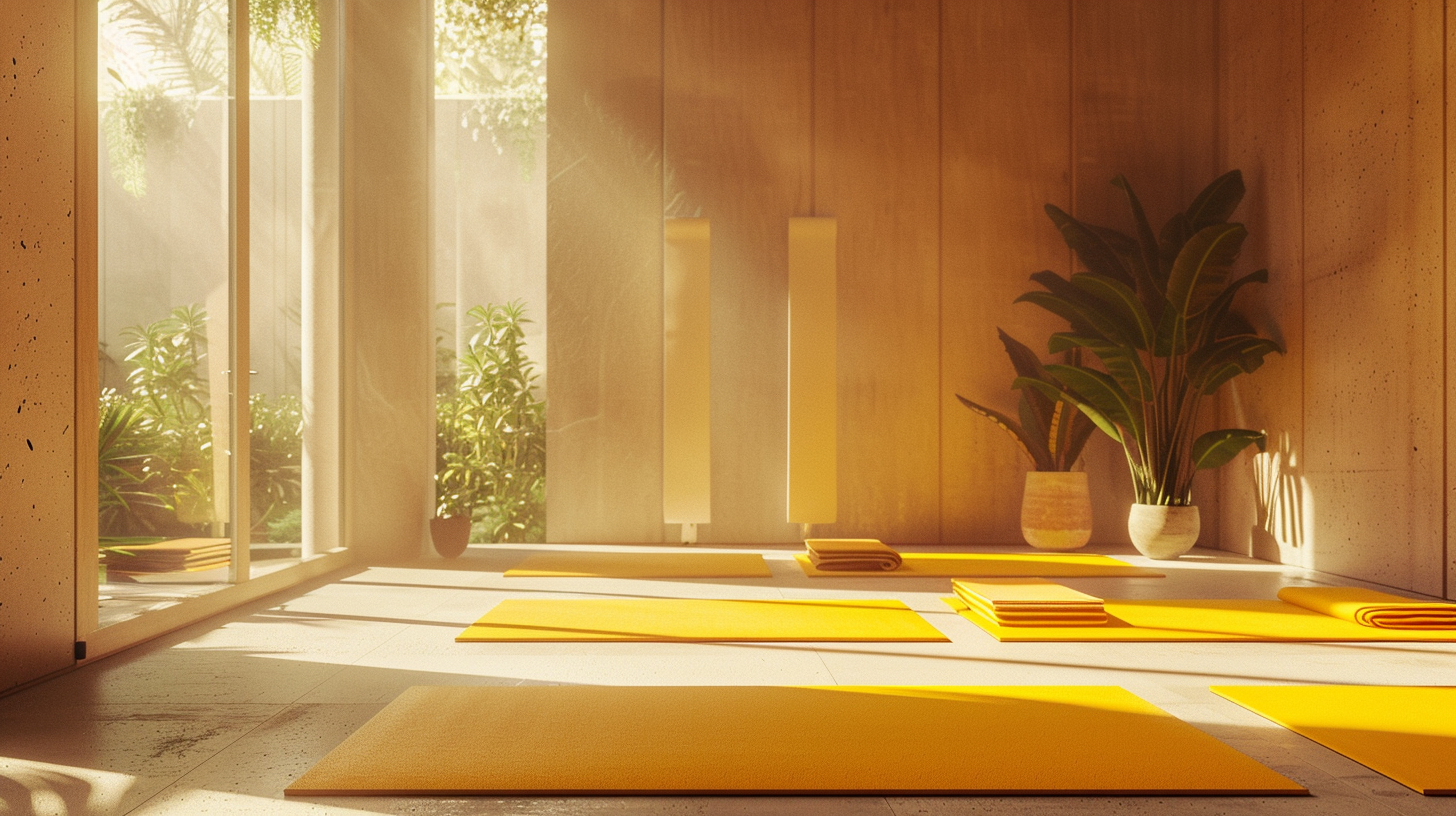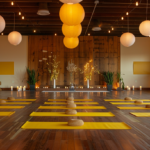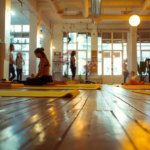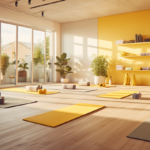In the transformative world of yoga, inclusivity isn’t just a philosophy—it’s a practice. While yoga aims to unite mind, body, and spirit, physical and sensory barriers often exclude a significant portion of potential practitioners. This post is dedicated to helping yoga studios break down these barriers, creating spaces that welcome everyone, regardless of their physical or sensory abilities.
Understanding Accessibility in Yoga
Accessibility in yoga goes beyond mere physical access; it’s about creating an environment where individuals of all abilities can participate fully and comfortably. This means considering a range of needs, from physical mobility to sensory processing and cognitive challenges, and ensuring that each person can practice yoga safely and effectively.
Physical Modifications to Enhance Accessibility
Start with the basics: Is your studio wheelchair accessible? Consider installing ramps and ensuring doorways are wide enough. Non-slip flooring can prevent falls, while adjustable lighting can accommodate those with light sensitivity.
Spacious layouts aren’t just aesthetically pleasing—they’re a necessity for those who use mobility aids.
Sensory Considerations for a Welcoming Environment
Sensory sensitivities can make a standard yoga studio overwhelming. Use controlled lighting to create a calming atmosphere and consider soundproofing to minimize external noise. Opt for soothing color schemes in your decor. Providing sensory-friendly props like soft mats or weighted blankets can also make a big difference.
Inclusive Teaching Practices
Instructor training is key. Teach your staff about different disabilities and how they can affect yoga practice. Instructors should master the art of verbal cues and know when and how to offer hands-on adjustments—with consent.
Diversifying class offerings to cater to varying skill levels and needs will also make your studio more inclusive.
Incorporating Assistive Tools
Introduce tools like the VIYM® Yoga Mat, specifically designed for practitioners with visual impairments. Other helpful props include chairs for seated yoga, straps for extended reach, and blocks for added support.
These tools aren’t just aids; they’re bridges to a fuller yoga experience for many.
Building an Inclusive Community
Fostering an inclusive community within your studio means actively seeking feedback from practitioners of all abilities and continuously adapting based on their needs.
Host events or workshops focused on inclusivity and disability awareness to educate and unite your community.
Marketing Your Accessible Yoga Studio
When you’ve put in the work to make your studio accessible, let the world know. Highlight your studio’s accessibility features in your marketing materials. Use your online platforms to showcase your inclusive environment and diverse community.
Remember, inclusivity is a powerful message that resonates with many.
Be More Than a Location
An accessible yoga space is more than a location—it’s a haven where every individual, regardless of their physical or sensory capabilities, can explore the benefits of yoga. By taking steps towards inclusivity, your studio isn’t just offering yoga classes; it’s extending a hand to a community yearning for connection and holistic wellness.
Evaluate your studio today. Are there barriers that could be removed? Consider implementing these tips to welcome a wider range of yogis into your space. Embrace tools like the VIYM® Yoga Mat to start making a difference.
Discover more about creating an inclusive yoga space and take that first step towards a more welcoming yoga community.







